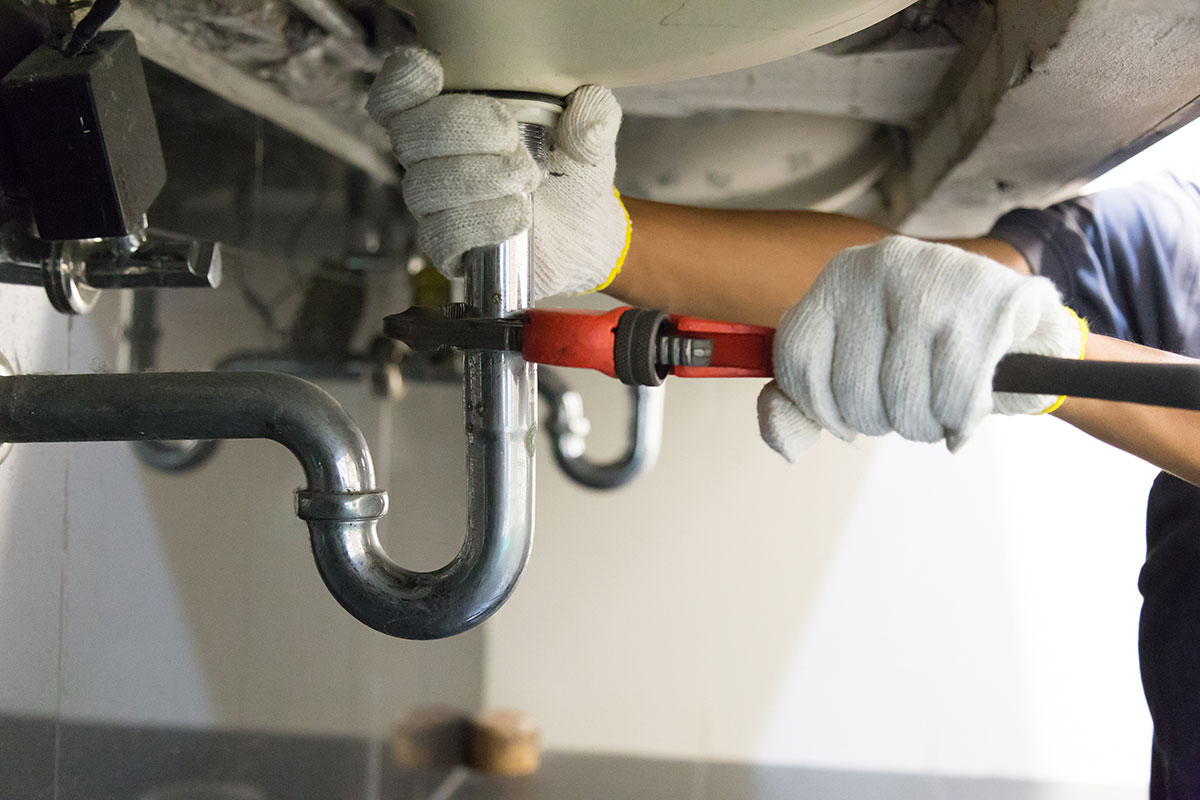The risk of contractor insolvencies is rising. Here’s how to prepare
Devonshires’ Asif Patel and Karen Morean outline how registered providers can mitigate against the growing risk of contractors becoming insolvent during a project
Challenging times ahead for UK construction
During the financial crisis of 2008, the construction industry was described as the “sick man of the UK economy”.
Almost 15 years on, the sector still lags behind its counterparts.
The industry faces a number of complex issues, which registered providers of social housing (RPs) will be familiar with, including:
- Materials and labour shortages
- Disruptions affecting contractor’s supply chains
- Inflationary pressures
- The impact of new and expanded remedies for those affected by life-critical building and fire safety defects; and
- The financial burden associated with regulatory compliance
These factors represent risks that squeeze cashflow. In an industry known for tight margins, the risk of insolvency for contractors and their supply chain remains high.
According to a recent report, construction insolvencies are rising again, with 30 companies going into administration in February 2023, double the number for January.
What can an RP do to protect itself?
We have grouped our key considerations below.
1) Financial due diligence
Financial checks on contractors need to be carried out at the outset. Accounts and information available from Companies House will not necessarily be up to date as companies are obliged to file accounts nine months after the end of its financial year.
The latest company accounts will, however, provide a snapshot of the company’s finances, provide insight as to whether the company is balance sheet solvent and what the annual turnover has been over the previous two years.
Additionally, an RP might consider undertaking a credit check on the target entity.
If there are concerns that an organisation may have entered an insolvency arrangement, a search on the London Gazette tends to be more up to date than Companies House.
2) Contract terms
Look at your contracts. It is important that the terms and conditions are drafted to ensure delivery to expected standards, within budget and in accordance with the programme.
Key provisions to focus on are clauses that cover payment, progress and completion of works (delay and loss and expense), certification, change procedures and insurance arrangements.
Close attention should be paid to the insolvency provisions, specifically the definition of “insolvent” and the consequences of the contractor becoming insolvent.
RPs and their employer’s agents are also well-advised to pay close attention to timescales for serving pay-less notices and requirements for service of termination notices in the event of insolvency.
3) Security arrangements
What security should an RP obtain from the outset? This may be a parent company guarantee if the contractor is part of a larger group of companies or a performance bond. This is an insurance-backed guarantee which compensates the RP in the case of contractor insolvency.
Additionally, an RP should ensure it has warranties in place with key designers and sub-contractors which include ‘step-in rights’. These rights allow an RP to step in and take over the sub-contract if the main contractor goes bust.
As part of the wider security package, it is important for RPs to consider when title to goods transfers from the contractor.
Vesting clauses in contracts provide for the transfer of ownership of goods and when title will be transferred from the contractor to the employer.
For goods that are manufactured or kept offsite, ‘vesting certificates’ can be used to give the employer comfort that title to the goods listed in the certificate has, or will be, transferred to it.
The valuation mechanism in the contract ought to make adequate provision for when the contractor will be paid for offsite materials and what evidence the contractor must provide in order for payment to be made.
4) Alternative procurement methodologies
The industry is facing inflationary cost pressures and market uncertainty means many contractors are advocating against fixed-price contracts.
There is a tension between cost certainty for RPs as against the commercial realities all contractors are facing.
Many RPs are taking a commercial view on successful project delivery, particularly for large-scale projects taking over a year to complete and where contractors are increasingly loathe to be tied to fixed prices.
Common mechanisms that an RP may consider for reducing risk of contractor insolvency mid-project include:
- Pot-sharing for inflation
- Tailored fluctuation provisions
- Build cost adjustment mechanism for later phases
- Hardship provisions to share the risk of unforeseen delay or cost
- Share of risk for the delay in receipt or unavailability of specified or substitute materials
- Off-site payments for goods that are subject to an appropriate vesting agreement
- Escalation procedures in the event of a dispute
- Mutual obligations to mitigate programme and cost uncertainty
Warning signs
If a contractor is struggling to obtain a performance bond or if the bond is too costly, that may be a sign that the insurer considers the contractor to be high risk.
Contractors seeking additional costs in what the employer’s agent otherwise considers to be invalid claims may in some cases be a sign of insolvency.
Our recent experience is that contractors are forthright in suggesting if additional payment is not received they are at risk of becoming insolvent. Sub-contractors asking for direct payments to be made to them is another red flag.
Unpaid, sub-contractors may legally suspend all or part of their works. Caution needs to be exercised if making direct payment to a subcontractor which may be viewed as a preferential payment breaching insolvency rules if the contractor is insolvent.
If an RP is concerned about contractor insolvency, it is vital to obtain legal advice as early as possible to ensure timely completion of the project, as well as preserving avenues for subsequent claims.
Asif Patel and Karen Morean, construction law partners, Devonshires
Sign up for Social Housing’s comment newsletter
New to Social Housing? Click here to register and sign up to our comment newsletter
The comment newsletter brings you a fortnightly selection of specialist opinion, guidance, and political and economic commentary, from a unique range of leading experts.
Already have an account? Click here to manage your newsletters.
RELATED










